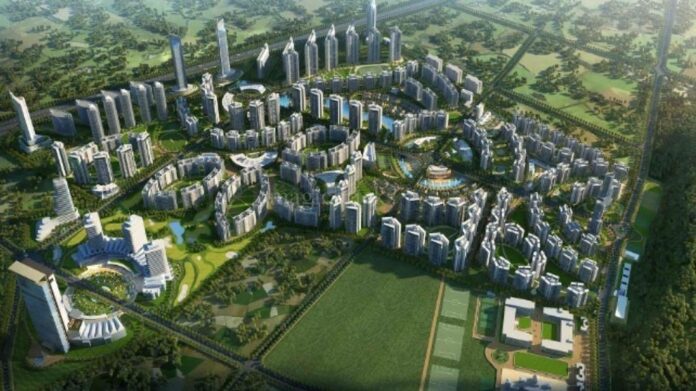Augmented Reality (AR) is being looked upon by the Civil engineering and construction organizations for the advancement of functions and stakeholders engagement. With the powerful 3D features of AR, key stakeholders both internal and external could more certainly envision a project’s result in its real environment, which will help enhance communication and coordination and align everyone to the same goals.
Not only the end-user stakeholders but also any other party will benefit from AR and hence, AR is proving to be an effective tool to bolster public support. If it is made it easy to picture the finished structure or design in its real-world sense, the end-users would be able to have a greater understanding of the project.
In New Zealand, a school named Green School used AR to market itself to prospective students. The innovative construction and resources used in the separate classrooms or “pods” of the campus are considered a potential attraction for aspiring students and their families taking an interest in the philosophy of the school.
The school took support from BTW Company, a construction and engineering company for the construction of the Green school. BTW company turned the paper plans to reality with the aid of Trimble SiteVision, an augmented reality device, and gave the school’s founders the visual display they were seeking for. During the construction process, AR imagery demonstrated various stages of development, avoiding the need to decode 2D plans. This has also contributed to the use of SiteVision to help sell the school’s future stages to families. Utilizing SiteVision to overlay unique project elements onto the existing landscape, BTW was able to provide potential families with a clear image of the future school in its finalized form.
Rolleston Playcentre is another education center that chose AR to attain public support for a redevelopment project. The improvements to the Rolleston Playcentre included a road restructuring that would result in a loss of part of the play center and a new parking lot to be constructed on previously unutilized land. However, when the renovation project was initiated, the local government was indeed able to provide 2D paper plans for community members, which made it extremely difficult to explain some of the more complicated changes to the concerned parents and play center staff. 3D modeling software with Trimble SiteVision and a digital copy of the plan was used to provide the parents and staff with better visualization of the redevelopment plan.
User-friendly and inexpensive augmented reality technology has the potential to display realistic, immersive 3D images of how the result would look like in its world. One would be able to answer issues or concerns and also build greater buy-in. With the opportunity to see it for themselves, the public is far more likely to engage with the project and build support.

